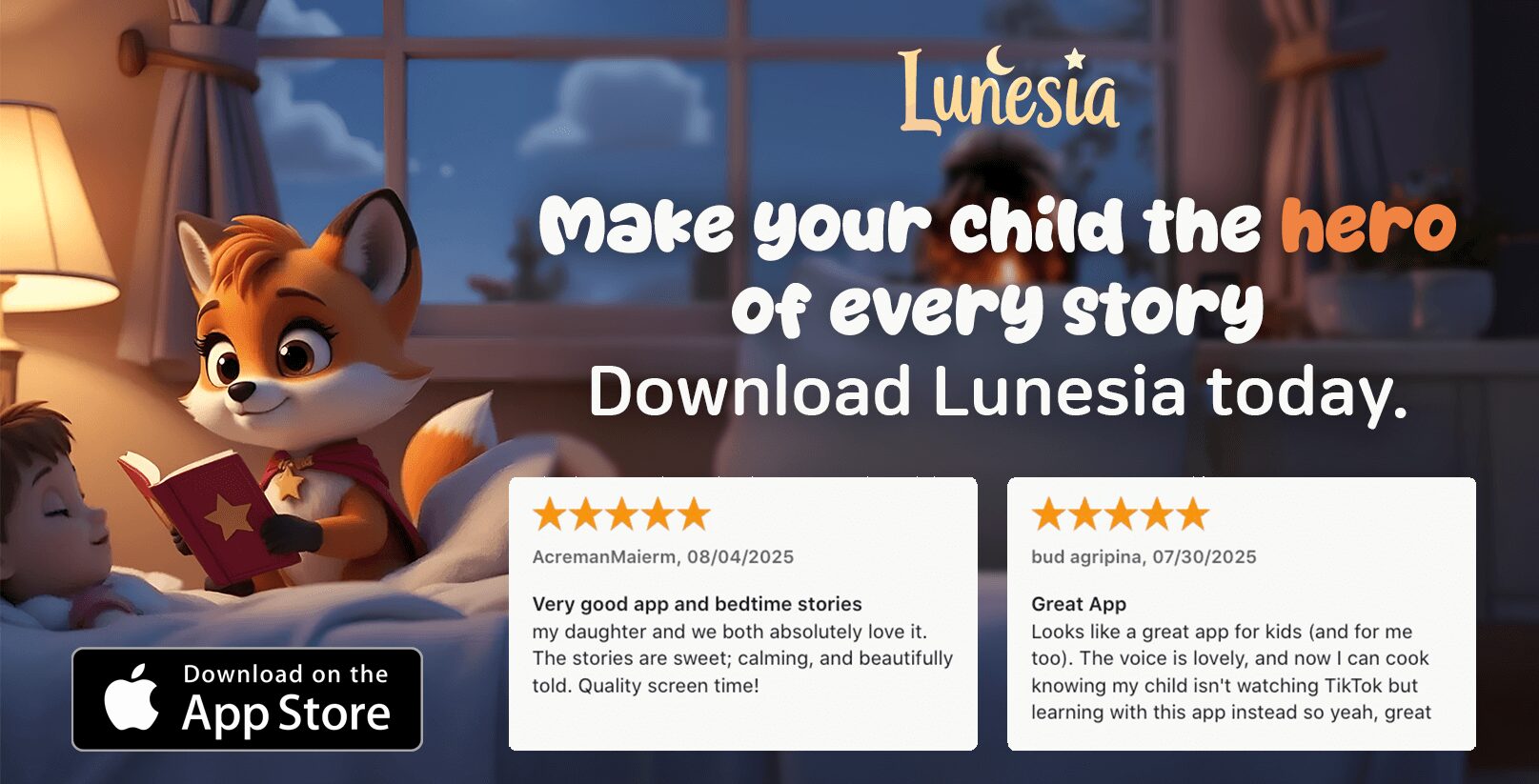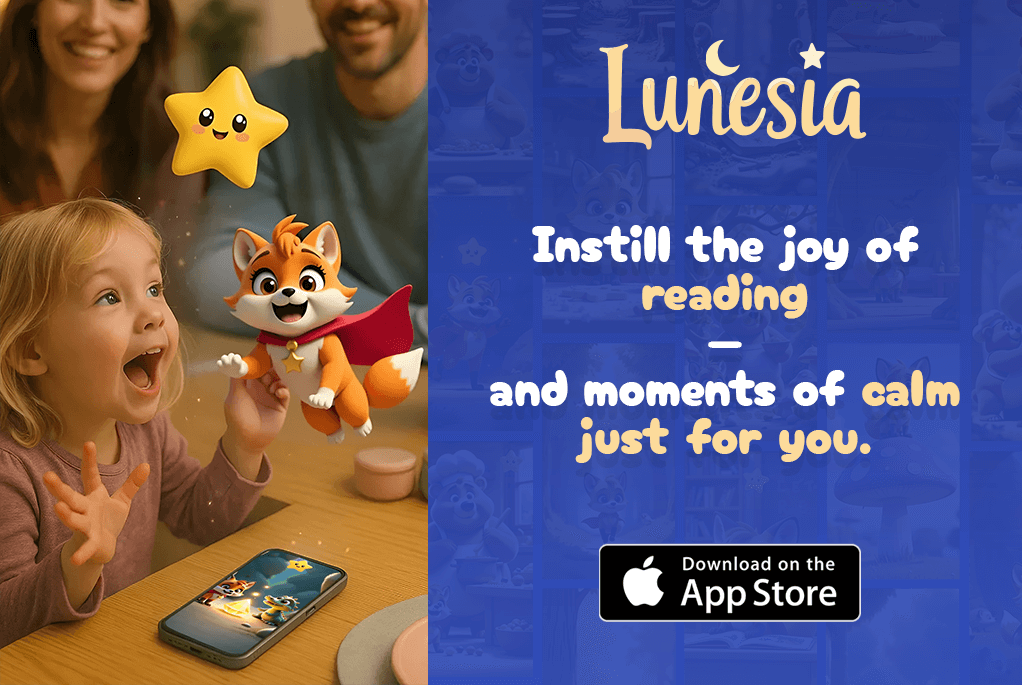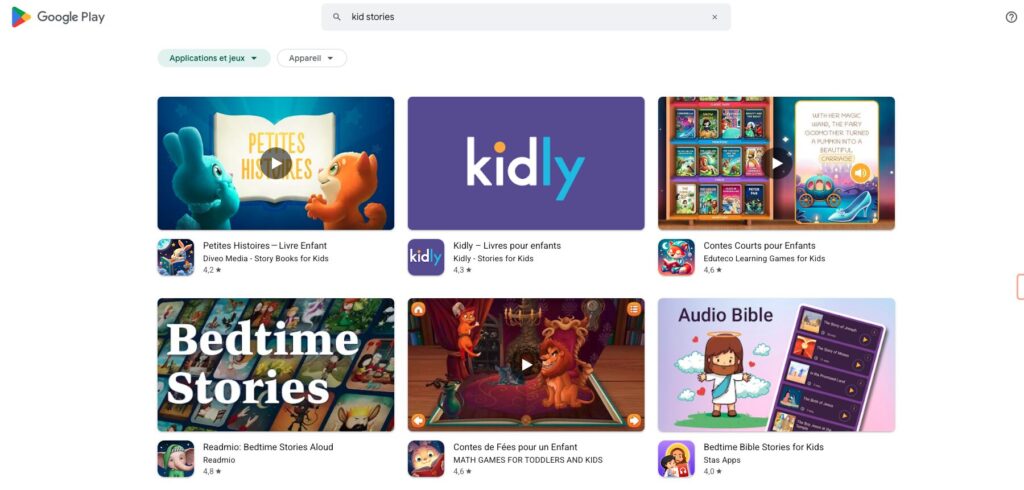Every night, I curl up with my kids, a book in hand. Their eyes light up as we dive into tales of brave heroes, kind strangers, and faraway lands. That moment—when they gasp at a twist or cheer for a character—is magic. It’s more than entertainment; it’s how they learn to navigate the world.

Aristotle knew the power of a well-told story. Plot, character, and theme aren’t just tools for writers. They’re bridges helping children connect emotions to actions. Like IDEO’s Tim Brown says, stories anchor us. For kids, they’re practice for real life.
Research shows narratives rewire young brains. Through stories, children step into others’ shoes, feeling joy, fear, or courage. It’s like holding up a mirror—they see themselves and the wider world reflected back.
Ready to explore how tales teach compassion? Let’s begin.
Introduction: The Power of Storytelling and Empathy
Research confirms what parents instinctively know: shared stories build emotional muscles in young minds. A 2023 Childhood Literacy Study found children exposed to 5+ hours of weekly storytime show 30% higher emotional recognition skills. That’s like giving them glasses to see feelings clearly.
Meryl Streep once called empathy humanity’s “great gift”. Stories deliver this gift by letting kids step into others’ shoes. They become emotional mirrors, value blueprints, and bridges to real-life relationships.
Think of it like design thinking. Just as designers empathize with users, tales help kids understand characters’ struggles. Take The Rabbit Listened—it teaches silent support better than any lecture.
| Story Layer | Teaches | Example |
|---|---|---|
| Emotional Mirrors | Identifying feelings | “Why is the fox sad?” |
| Value Blueprints | Moral choices | Sharing in Rainbow Fish |
| Connection Bridges | Relating to others | Discussing a sibling fight |
Reading together is like emotional vaccination. Small doses prepare kids for bigger challenges. When my son cried over a character’s loss, he was practicing resilience for his own friendships.
The Role of Storytelling in Emotional Development
When my daughter first asked why the fox in her book looked sad, I realized stories are more than entertainment. They help kids understand emotions they might not yet name. Through characters, children explore feelings in a safe, controlled way.
Take Pixar’s *Inside Out*. Each character represents a core emotion—Joy, Sadness, Anger, Fear, and Disgust. Kids see these characters as avatars for their own feelings. It’s like a roadmap for navigating complex emotions.
Understanding Emotions Through Characters
Stories let kids experience emotions without real-world consequences. A classroom study showed students who discussed *Frog and Toad* improved conflict resolution by 40%. These tales act as emotional mirrors, helping kids reflect on their own lives.
Think of it as “emotional time travel.” Kids can feel fear or sadness through a story, then return to their safe reality. This builds resilience and prepares them for real-life challenges.
Building Emotional Resilience
Helicopter parenting often shields kids from discomfort. But stories like *We’re Going on a Bear Hunt* teach them to face fears head-on. The repeated refrain, “We can’t go over it, we can’t go under it, we’ve got to go through it,” becomes a life lesson.
Stanford’s research supports this. Just 20 minutes of story discussion daily boosts emotional vocabulary by 15%. This helps kids articulate their feelings and build stronger relationships.
| Story Element | Teaches | Example |
|---|---|---|
| Emotional Mirrors | Identifying feelings | *Inside Out* characters |
| Conflict Resolution | Handling disagreements | *Frog and Toad* |
| Resilience | Facing challenges | *We’re Going on a Bear Hunt* |
Parents can adapt IDEO’s journey mapping method. Chart your child’s emotional journey through a story. This not only builds attention but also deepens their understanding of their own experience.
For more tips on using stories to nurture emotional growth, explore this guide on bedtime stories.
How Stories Teach Good Values
From fairy tales to modern narratives, stories carry profound moral lessons. They shape how children view the world and their place in it. Whether it’s a classic fable or a contemporary tale, these narratives teach values that last a lifetime.

Moral Lessons in Classic Tales
Take *The Giving Tree* as an example. On the surface, it’s about generosity. But dig deeper, and it’s a cautionary tale about healthy boundaries versus self-sacrifice. Classic tales like this often deliver clear, timeless lessons.
Compare this to Aesop’s Fables, which offer quick morals. These stories are straightforward, teaching honesty, kindness, and perseverance. They’re like blueprints for making ethical choices in life.
Modern Stories and Contemporary Values
Modern narratives, like *Last Stop on Market Street*, take a more nuanced approach. They reflect diverse lived experiences, helping kids understand different perspectives. For instance, 35% of Caldecott winners now feature BIPOC protagonists, up from just 8% in 2000.
These stories build bridges between characters and readers. They teach kids to embrace differences and celebrate uniqueness. My child’s experience with *Wonder* was transformative. It helped them see classmates with differences as friends, not outsiders.
“Stories shape our values and culture, influencing what we consider good or evil.”
To make the most of these lessons, try the “value mapping” technique. Highlight three ethical decision points in any story. Discuss them with your child to deepen their understanding of moral choices.
However, be cautious with AI-generated stories. As Sociality Squared notes, “Algorithms can’t replicate lived experience.” Human-crafted tales remain the best way to teach values and build relationships.
The Science Behind Storytelling and Empathy
Science reveals that stories are more than just words; they’re emotional bridges. When children listen to a tale, their brains sync with the storyteller’s emotions. This process, called neural coupling, helps them understand feelings on a deeper level.
Recent research using fMRI scans shows how kids’ brains light up during narrative immersion. They don’t just hear the story—they feel it. This connection builds their ability to relate to others.
Cognitive Empathy in Children
Cognitive empathy is the ability to understand what someone else is feeling. For example, asking, “What is Tigger feeling?” helps kids analyze emotions from a character’s perspective. This skill is crucial for real-life interactions.
Studies show that discussing stories improves emotional recognition. Kids who practice this skill are better at resolving conflicts and building stronger relationships.
Emotional and Compassionate Empathy
Emotional empathy goes a step further. It’s about feeling what others feel. Questions like, “How would YOU feel bouncing that high?” help kids connect personally with a character’s emotions.
Compassionate empathy drives action. Asking, “How could Pooh help Tigger?” encourages kids to think about solutions. A groundbreaking study found that role-playing story endings increases real-world helping behaviors by 25%.
| Type of Empathy | Description | Example |
|---|---|---|
| Cognitive | Understanding feelings | “What is Tigger feeling?” |
| Emotional | Feeling with others | “How would YOU feel?” |
| Compassionate | Taking action | “How could Pooh help?” |
Stories provide endless practice opportunities. Think of it as “empathy math”: (Number of characters) x (Emotional moments) = Empathy growth. For example, a tale with five characters and three emotional moments offers 15 chances to practice empathy.
“Empathy is seeing with the eyes of another, listening with the ears of another, and feeling with the heart of another.”
To deepen this experience, try the d.school’s story share-and-capture method. At dinner, ask your child to analyze a story’s emotional moments. This builds attention and empathy skills in a fun, engaging way.
For more insights on nurturing empathy through stories, explore this guide on bedtime stories.
Practical Tips for Using Storytelling to Teach Empathy
Stories have a unique way of shaping young minds, teaching them to see the world through different eyes. To make the most of this tool, it’s essential to choose the right tales and engage kids in meaningful activities. Here’s how you can do it effectively.
Choosing the Right Stories
Not all stories are created equal. To teach empathy, select tales that meet the EMPATHY framework:
- E – Emotional diversity: Stories with varied feelings help kids understand complex emotions.
- M – Moral complexity: Tales with ethical dilemmas encourage critical thinking.
- P – Perspective switching: Narratives that show different viewpoints broaden understanding.
- A – Actionable lessons: Stories with clear moral actions inspire real-world application.
- T – Timeless themes: Classic tales with universal lessons remain relevant.
- H – Human-centered: Focus on characters with relatable experiences.
- Y – Your child’s interests: Tailor selections to their passions for better engagement.
Adapting IDEO’s journey mapping method, create empathy maps for story characters. This helps kids visualize emotions and motivations, deepening their connection to the narrative.

Engaging Kids in Storytelling Activities
Interactive techniques make storytelling more impactful. Here are five ways to keep kids engaged:
- “What If” Alternate Endings: Encourage creativity by asking, “What if the story ended differently?”
- Character Journaling: Have kids write diary entries from a character’s perspective.
- Emotion Charades: Act out emotions from the story to build emotional vocabulary.
- Story Cubing: Explore six perspectives (character, setting, problem, solution, moral, and emotion) using a cube.
- Community Storytelling Projects: Collaborate with others to create a shared narrative.
Introduce the concept of “story snacks”—15-minute narrative breaks throughout the day. These quick sessions keep their attention while reinforcing lessons.
| Recommended Titles | Teaches |
|---|---|
| Each Kindness | The impact of small acts of kindness. |
| The Invisible Boy | Inclusion and the value of being seen. |
| Those Shoes | Gratitude and the importance of giving. |
By carefully selecting stories and engaging kids in creative activities, you can transform reading time into a powerful tool for teaching empathy. This way, children learn to relate to others and navigate the world with compassion.
Storytelling and Empathy in the Digital Age
Screens glow in dim bedrooms as children swipe through digital tales—but are these stories building real connections? The digital world offers new ways to share narratives, yet Stanford researchers warn only 12% of “educational” apps actually teach emotional skills.
The Role of Digital Media
Not all screen time harms emotional growth. Apps like Sago Mini World excel at perspective-taking, while Endless Alphabet focuses solely on cognitive skills. The key difference? Social connection versus rote learning.
Try this HOMES framework when evaluating digital media:
- Human-centered characters with relatable struggles
- Open-ended scenarios that encourage discussion
- Multisensory experiences beyond passive watching
- Ethical design without manipulative features
- Social connection opportunities
During our weekly “app autopsy,” my daughter and I discovered something revealing. Many popular story apps prioritized flashy animations over emotional depth. This divided attention often weakened the narrative’s impact.
Balancing Screen Time with Traditional Methods
The most effective way blends digital and analog experiences. After watching Daniel Tiger’s Neighborhood, we act out scenarios with stuffed animals. This hybrid approach builds both media literacy and real-world skills.
“Digital tools should amplify human interaction, not replace it. The richest emotional learning happens in shared moments.”
Interactive fiction can be powerful when used intentionally. But nothing replaces the focused attention of bedtime stories. As one kindergarten teacher told me, “Screens supplement but never replace the magic of turning pages together.”
| Activity | Digital Benefit | Traditional Strength |
|---|---|---|
| Perspective-taking | Multiple character viewpoints | Deeper emotional connection |
| Moral dilemmas | Branching story paths | Nuanced discussion |
| Emotional vocabulary | Animated expressions | Personalized explanations |
Set clear boundaries with media. We use the “1:1 rule”—for every digital story, we share a physical book. This balance helps children navigate both worlds while developing authentic emotional connections.
Conclusion: The Lasting Impact of Storytelling on Empathy and Values
Decades later, my son still quotes lessons from our favorite books. That’s the power of stories—they stick. A Harvard study confirms adults recalling childhood tales show 40% higher emotional intelligence. These narratives aren’t just entertainment; they’re emotional heirlooms, passed down like treasured recipes.
Brené Brown’s work shows how shared tales build connection. Like IDEO’s knowledge capture method, they preserve wisdom across generations. Start “Family Folklore Fridays”—swap personal anecdotes alongside classic books. It’s a simple way to deepen relationships.
Every tale plants seeds in a child’s emotional garden. For tools to nurture growth, grab our free Empathy Story Chart. Research proves kids engaged in moral development show 20% higher empathy levels.
Your voice is their first compass. Make every word count.
FAQ
How does storytelling help kids develop emotional intelligence?
Stories let children step into different perspectives, experiencing emotions through characters. This builds their ability to recognize and understand feelings—both their own and others’.
What types of stories are best for teaching values?
Classic tales with clear moral dilemmas work well, but modern stories reflecting real-life situations can also resonate. Look for narratives that show kindness, honesty, or courage in action.
Can digital storytelling be as effective as reading books?
Interactive apps or audiobooks can engage kids, but balance is key. Pair screen time with traditional reading to foster deeper connections and discussion.
How do I make storytelling more interactive for my child?
Ask open-ended questions like, “How would you feel if this happened to you?” or encourage them to predict a character’s choices. Role-playing scenes also deepens understanding.
At what age should I start using stories to teach empathy?
Even toddlers benefit! Simple board books about emotions (“The Rabbit is Sad”) lay the foundation. Adjust complexity as they grow.
Why do kids remember lessons from stories better than direct lectures?
Narratives activate multiple parts of the brain, linking ideas to emotions. This makes the message stick—without feeling like a lesson.



